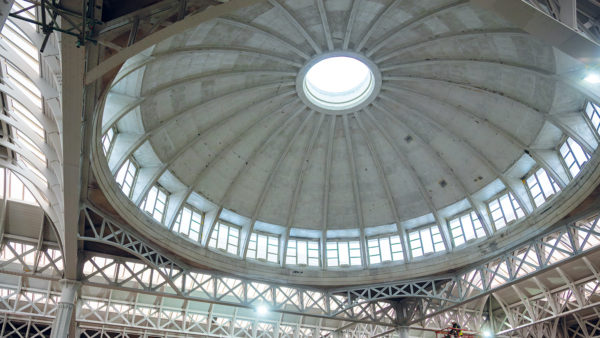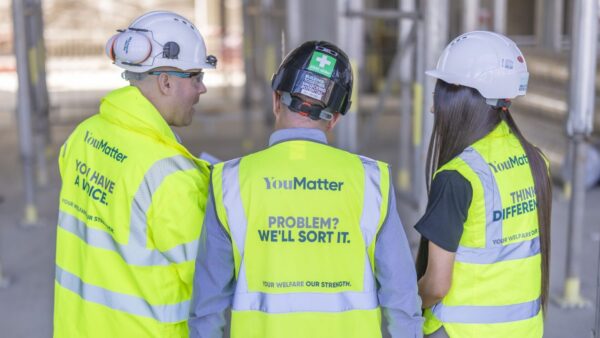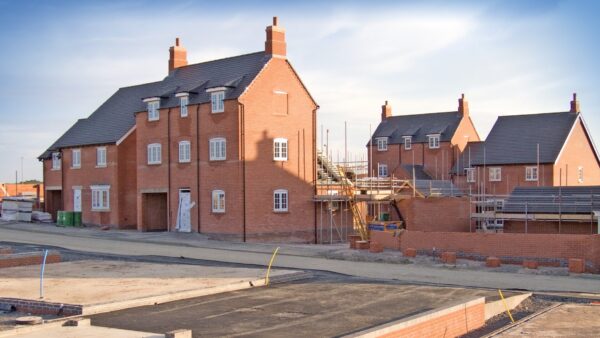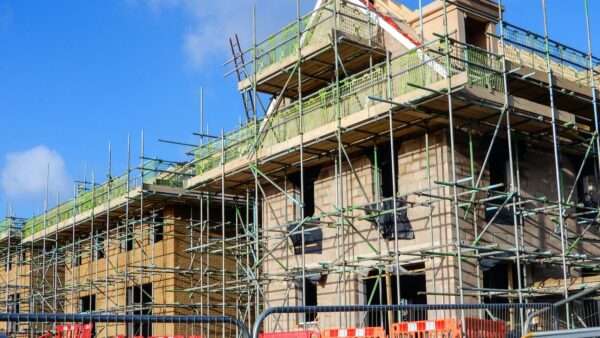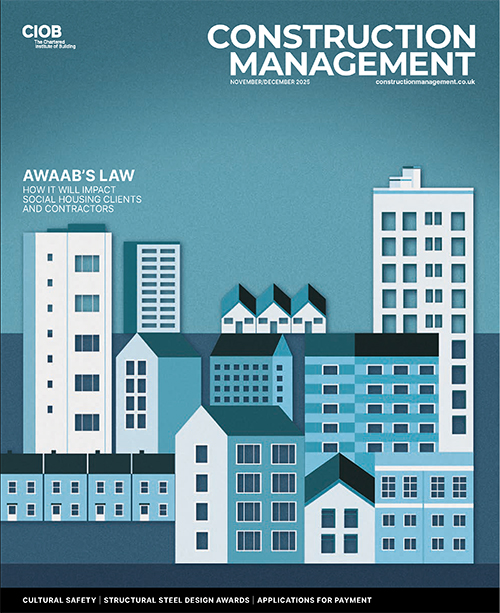The Building Safety Regulator will need more resources to deal with the Gateways system if the government wants to meet its homebuilding ambitions, writes Adrian Gladstone.
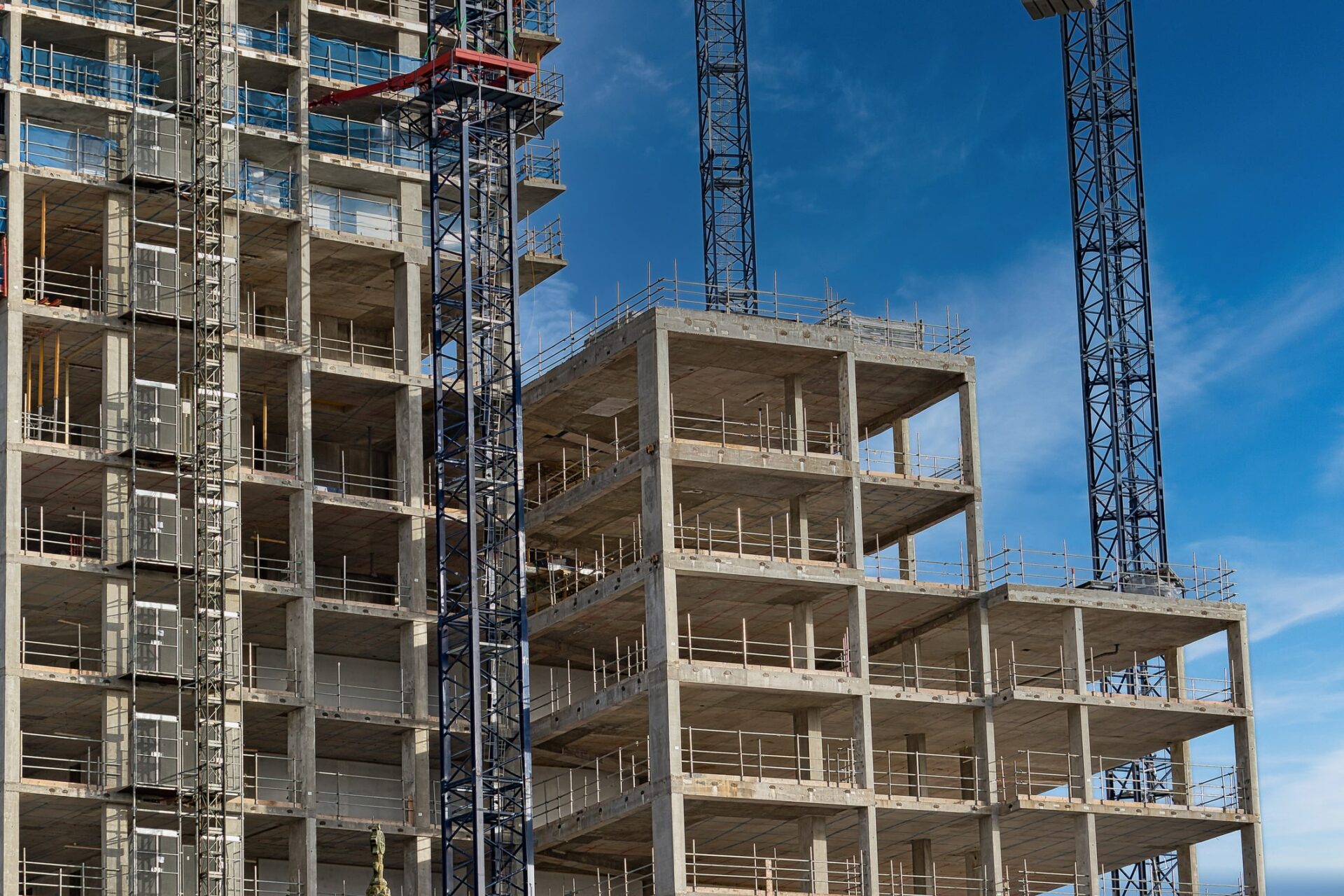
Labour’s pledge to build 1.5 million new homes by the end of this parliament is ambitious, given the failure of successive previous governments to achieve far lower housebuilding targets.
To achieve this goal, high-density, high-rise multi-occupied residential blocks will inevitably need to form a significant part of the proposed stock of new homes, particularly in and around urban conurbations.
However, while rightly seeking to ensure parties take responsibility for their roles in construction projects, the industry is facing frustrations with the resourcing and capacity of the Building Safety Regulator (BSR), which is inevitably slowing down higher-risk building (HRB) projects and will have a knock-on effect for hitting government housing targets if not resolved quickly.
Gateway two: is the system overwhelmed?
One of the main changes brought by the introduction of the Building Safety Act 2022 in April 2023 is the Gateways process, which provides for hard stops at the key points of a project involving an HRB to ensure compliance at each stage.
This process is markedly different and significantly more onerous than the previous Building Control regime and is administered by the recently created BSR, requiring input from professionals with various necessary skill sets.
While the Gateway process has been implemented to simplify and add consistency to building safety in HRBs, it’s evident that Gateway 2 is causing the most head-scratching within the industry, particularly around the impacts on the design-and-build model and the level and format of information needed on new developments.
However, this Gateway is the one that also has the greatest impact on existing buildings. Refurbishment – and even maintenance to existing HRBs – can easily trigger the Gateway process, which could be missed by those carrying out the works which risk non-compliance.
As such, accountable persons need to seek professional advice at an early stage before embarking on works that may impact the fire safety or structure of an existing building, or impact the building’s compliance with any part of the building regulations.
With the sheer variety of works requiring approval at Gateway 2 – from the replacement of flat entrance doors in HRBs to the renewal of external cladding – it is unsurprising that the BSR is finding itself overwhelmed, despite the best intentions of the process.
Homebuilding target at risk
The recent admission by the BSR that its “assumptions and modelling” had “not survived first contact with reality” outlines the scale of the frustrations for the regulator and those applying to it.
It is a commendable acknowledgement by the BSR of the challenges it faces, no small part of which stems from the perceived lack of guidance around the form and content required of the applications.
While the aims of the safety reforms enacted over recent years should absolutely be pursued, there is a recognised shortage of the required appropriately qualified professionals available to act on these developments. By their own admission, application processing times are significantly exceeding the targets outlined by the BSR and the ‘hard stops’ enacted by the Gateway process.
As a result, developers’ budgets and cashflow are likely to be materially affected, ultimately making development more expensive and time-consuming – at least until the new regime becomes settled and fully embedded within the industry and sufficient allowances for it are made at the outset.
Although the changes to the recently amended National Planning Policy Framework will be touted as an enabler for streamlining the early stages of new developments, the requirement for any proposed works to build, alter or upgrade HRBs to pass through the Gateway process for Building Control will require an appropriately resourced BSR to realise the construction of many new homes.
Adrian Gladstone is a director within the building consultancy team at Gateley Vinden.




